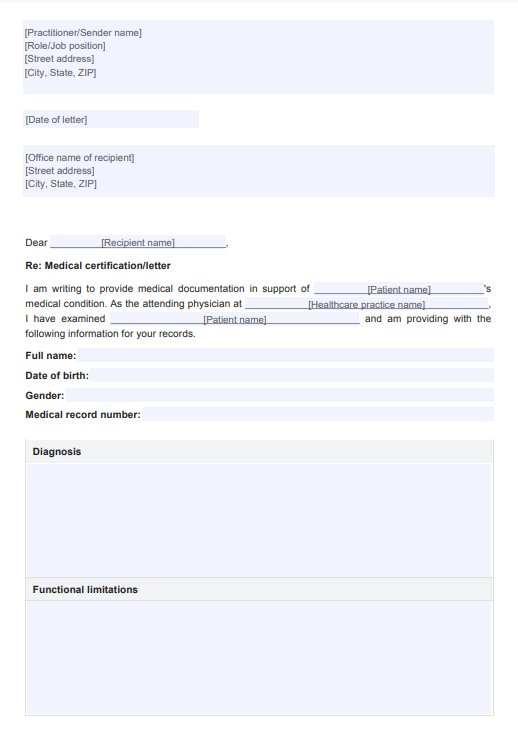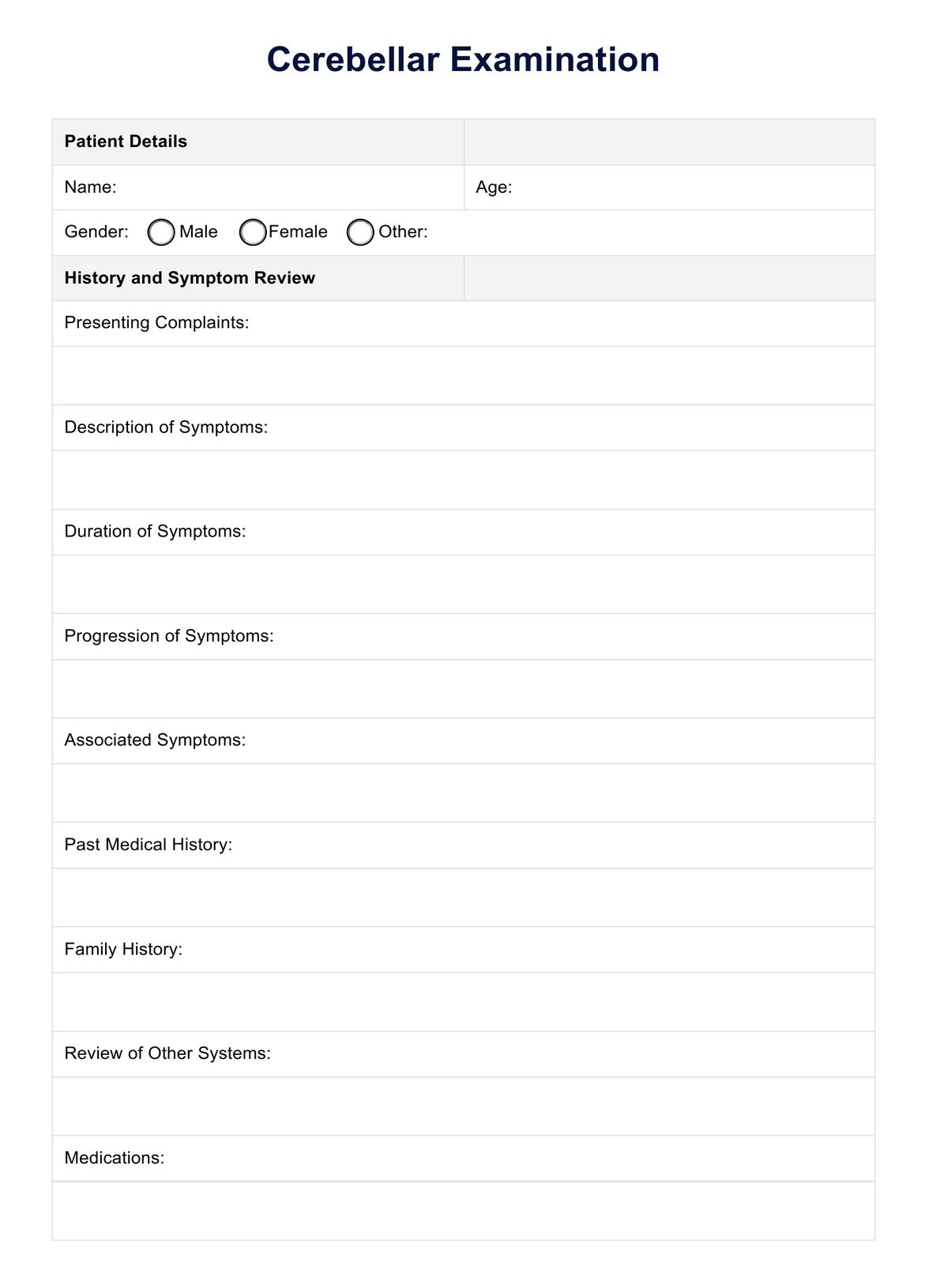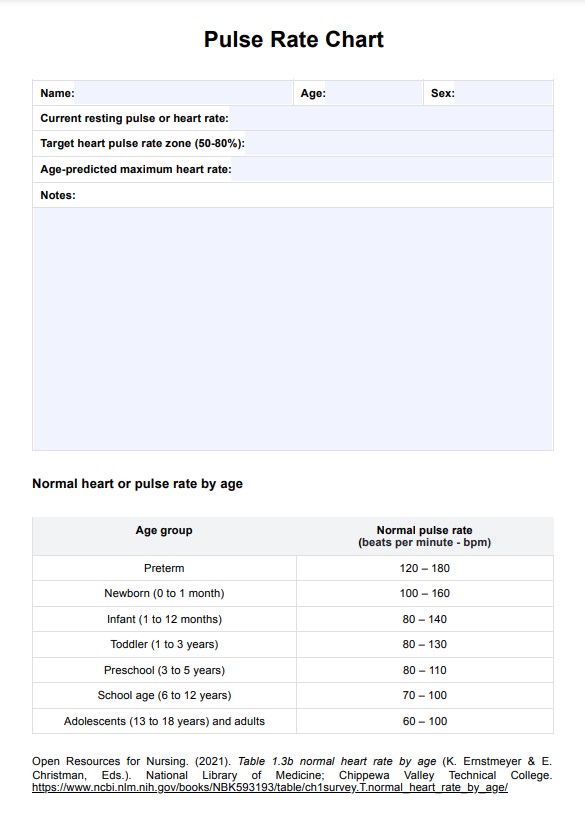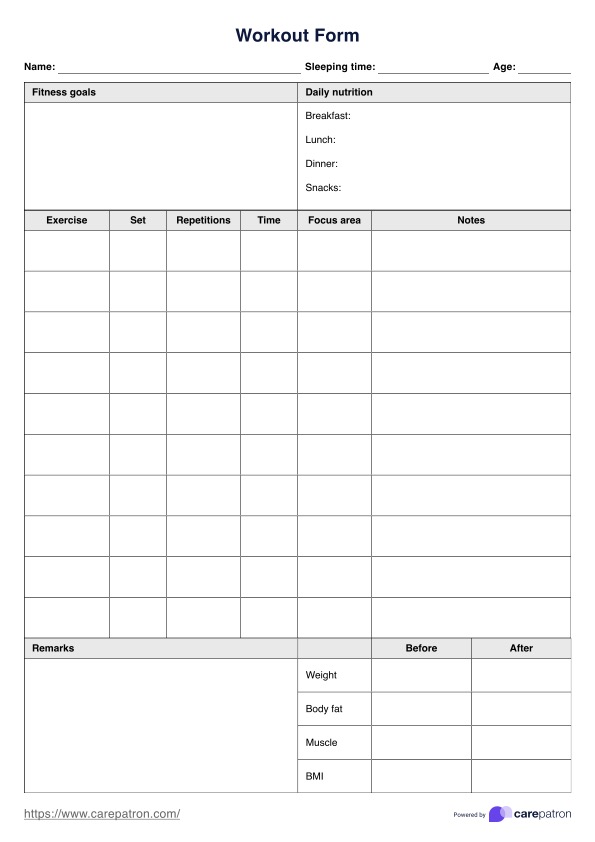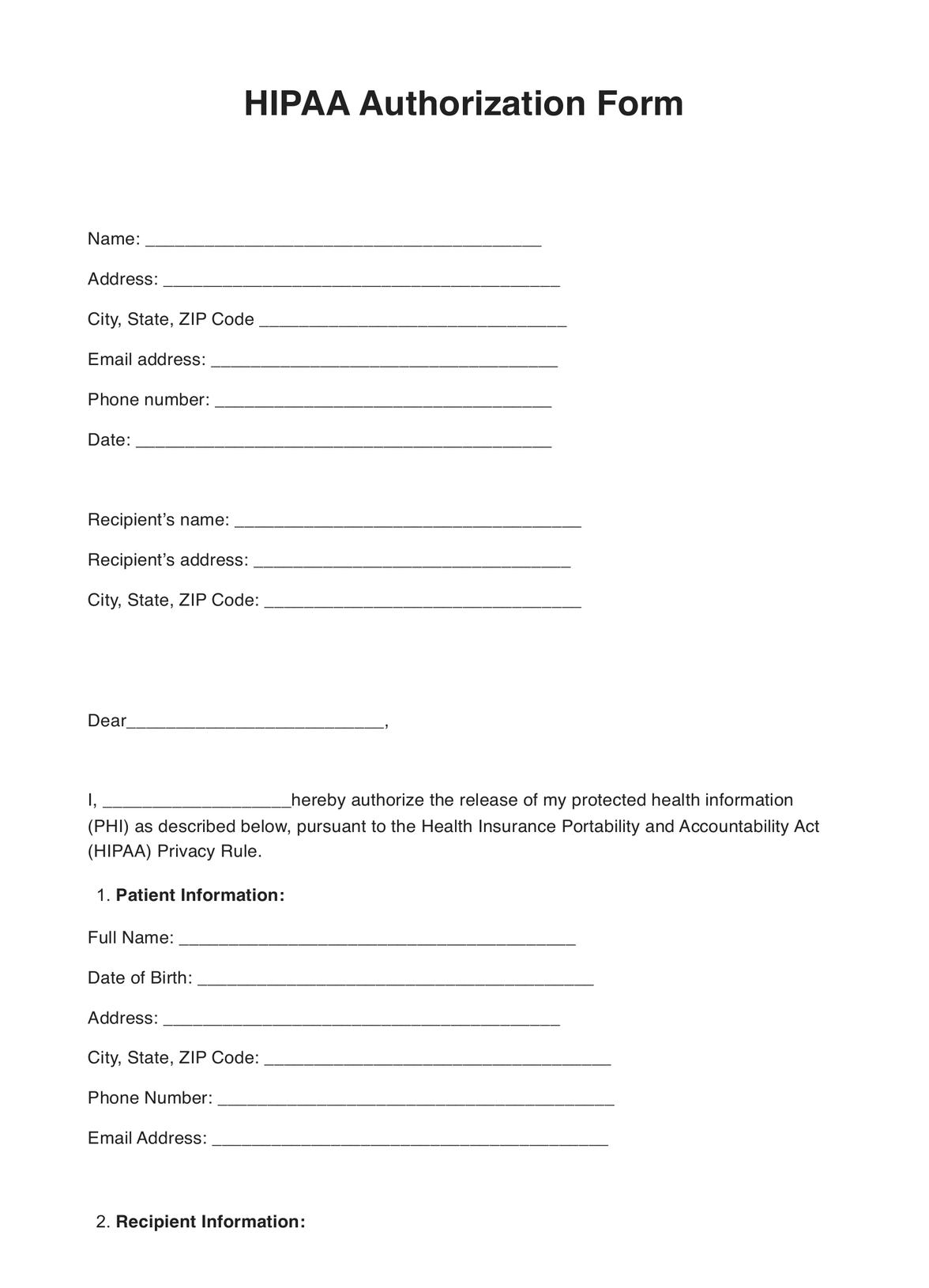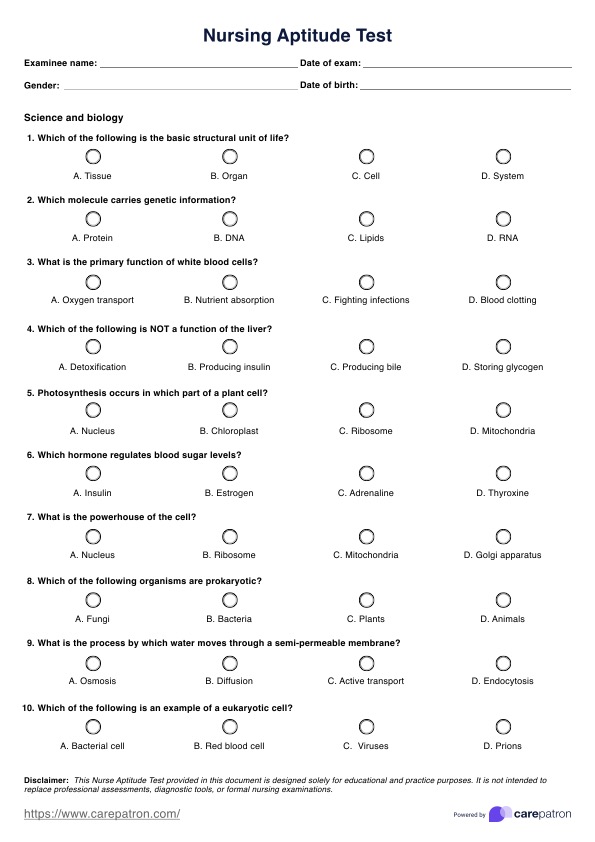Sodium Blood
Discover the uses, result interpretations, etc., of the sodium blood test by clicking here for more information and a free request form template.


What is a Sodium Blood Test?
A sodium blood test is a routine medical examination done by healthcare practitioners to ascertain sodium concentration in an individual’s bloodstream. There’s a need to check sodium levels in certain circumstances because sodium, also symbolized as Na+, is a fundamental mineral integral for the proper functioning of nerves and muscles, particularly in a person’s body.
There are multiple purposes of the sodium blood test. It can be incorporated into an electrolyte panel, which usually assesses electrolyte imbalances within the body. Additionally, it’s frequently conducted as an integral component of a basic metabolic panel, a medical test that evaluates the levels of substances like calcium, bicarbonate, chloride, creatinine, glucose, potassium, and more in one’s body.
Aside from these blood tests, which can be requested during routine checkups, healthcare providers often request the sodium blood test when the patient has a dietary pattern that impacts their sodium levels, when they have a severe illness, or after a surgical procedure. All of these scenarios are meant to ensure that the body is in equilibrium and the individual is healthy.
The procedure of the sodium blood test is pretty straightforward and similar to other blood tests. After a blood sample collection, the sample will be sent to a subsequent laboratory analysis. Meanwhile, analysis and interpretation are commonly done by , specifically the referring caring for the patient. If the patient’s levels go lower or beyond normal blood sodium levels, the patient may need immediate medical attention.
Sodium Blood Template
Sodium Blood Example
How does it work?
Step One. Grab a Copy of the Template
Access and download a digital and printable sodium blood test template during circumstances when you may need it by doing either of the steps mentioned below:
- Clicking the “Download Template” or ‘Use Template” button
- Searching “Sodium Blood Test” on Carepatron’s template library’s search bar on the website or app.
Step Two. Fill Out the Request
Before you request a sodium blood test, it’s best to interview, assess, or physically examine your patient to determine if they will benefit from the test. If they will, you may fill out the request section on the template. Requesting the test if they’re due for a routine check-up is also possible.
Step Three. Present the Form
Depending on the circumstance, either the practitioner or the patient can give the practitioner in charge of collecting the blood sample the request form.
Step Four. Record Analysis and Interpretation
After the blood sample has been processed, you may proceed with analyzing and interpreting. Feel free to write down your analysis in the documenting section on the template. The information you gather can be used for multiple purposes.
Step Five. Securely Store the Template
Don't forget to store the template securely after diagnosing, recommending, monitoring, and intervening medically. Physical copies are recommended to be stored within the establishment for easy retrieval. Meanwhile, digital copies are encouraged to be placed in Carepatron’s patient portal, where healthcare practitioners can store electronic patient records for security and easy access.
When would you use this test?
There are multiple, various clinical scenarios when healthcare practitioners can request a sodium blood test to assess the concentration of sodium levels in an individual’s blood. Here are some of those circumstances:
Routine Checkup
Since sodium blood tests are commonly included in a basic metabolic panel, a healthcare practitioner may request them during a routine checkup. This is to ensure two things. One that the patient’s sodium levels are within the healthy range, and two, that medications a patient is taking aren’t impacting the balance of fluids in their body.
Aside from that, patients who have a serious medical condition or have recently undergone a surgical procedure may need a sodium blood test since both circumstances can disrupt one’s electrolyte balance.
Diagnosing
If a patient is experiencing and exhibiting sodium imbalance symptoms like weakness, lethargy, unusual thirst, confusion, infrequent urination, dry mouth/eyes, and muscle spasms, you must request a sodium blood test as soon as possible. This is to aid you in diagnosing and addressing the underlying problem of electrolyte imbalance causing the symptoms.
Monitoring and Management
A practitioner may request that a patient undergo a sodium blood test when they’re following a particular diet, being administered intravenous fluids in a clinical setting, and taking medications such as diuretics and hormones. Undergoing a test for all of these circumstances are especially important to either prevent electrolyte imbalance, adjust the fluid composition for specific medical requirement purposes, or monitor the impact of medications and adjust dosages if need be.
What do the results mean?
Even if a healthcare practitioner is encouraged to consider the patient’s context, medical history, and other test results before interpreting and coming up with a diagnosis or approaching the problem with treatment, if you need general guidelines for interpretation, you may refer to the ones below:
Normal Results
If the patient’s levels are within the standard and normal reference range, which typically falls between 135 and 145 mEq/L, it indicates a balance of sodium in the patient’s body commonly associated with overall well-being. One important thing to remember is that reference ranges will vary between laboratories.
Abnormal Low Levels
If the patient’s levels are below the lower limit of 135 mEq/L, they may have hyponatremia. If they have this condition, you may notice symptoms like weakness, fatigue, twitching of muscles, confusion, and seizures. They need immediate medical intervention when they exhibit these symptoms and have abnormally low sodium levels. If left untreated, it may lead to a coma.
Abnormal High Levels
If the patient’s sodium levels are excessively elevated considering the overall fluid balance and exhibits symptoms like reduced urination, nausea, diarrhea, confusion, and pronounced thirst, they may have hypernatremia and require medical intervention. If left untreated, extreme cases may lead to a coma or other life-threatening consequences.
Commonly asked questions
General physicians, their assistants, and nurses are the ones who typically request sodium balance tests. More specifically, the referring physician caring for the patient fills out the request form.
The sodium blood tests are used during routine checkups, formulation of diagnosis, and monitoring or managing treatment approaches that may affect a patient’s sodium levels or electrolyte balance.
Depending on the laboratory, the results of the sodium blood test can be available within the same day, after a day, after a few business days, or even weeks. Your referring physician may give you an estimate of how long you may have to wait however, it ultimately depends on the one processing the blood sample.


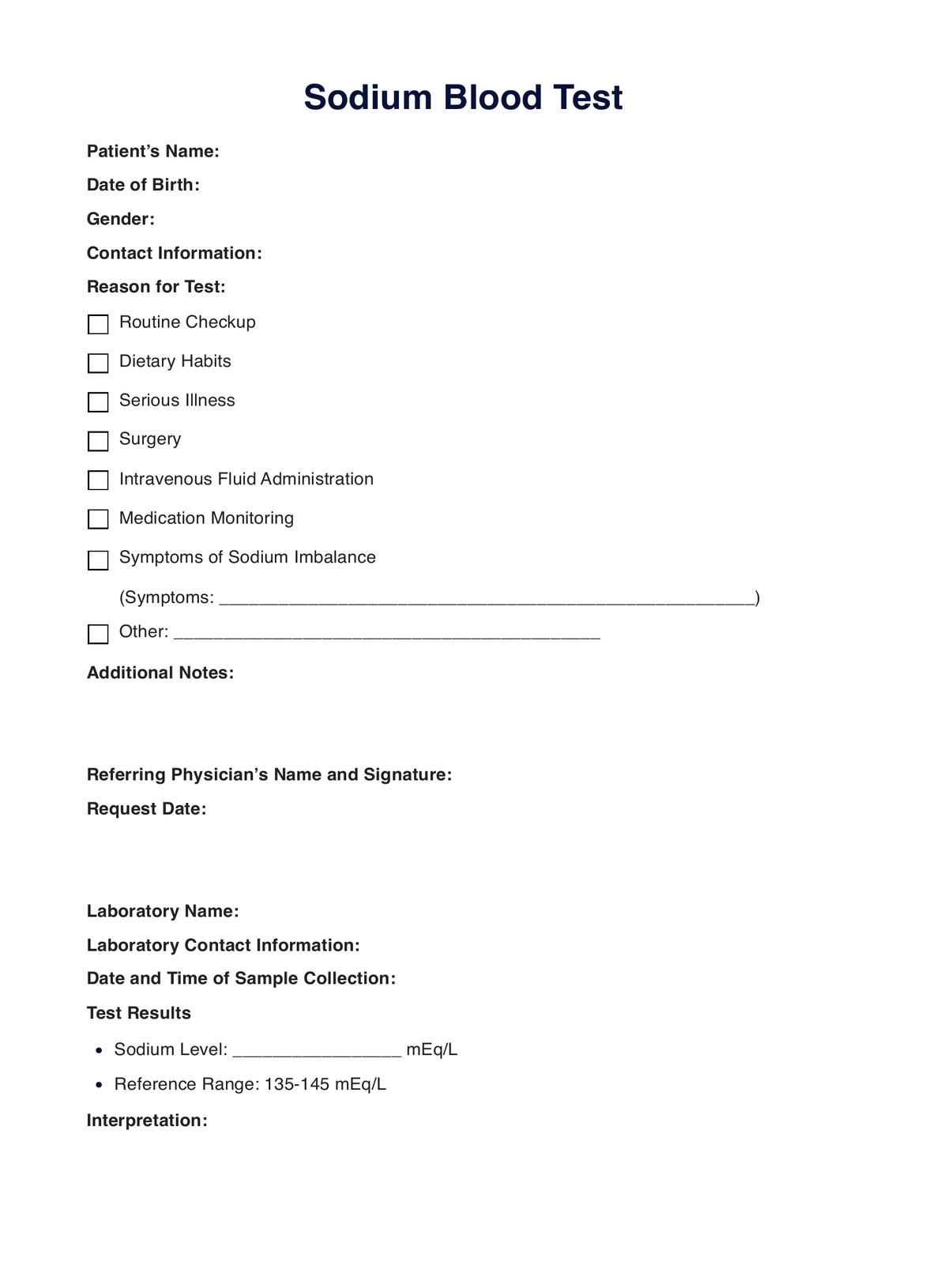


















-template.jpg)


















































































